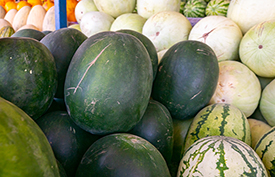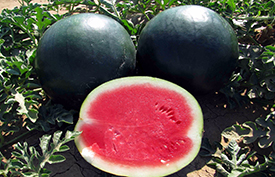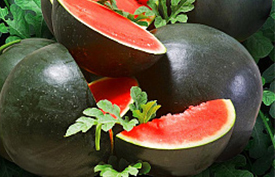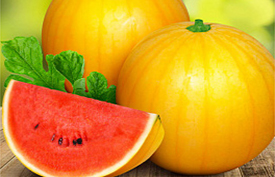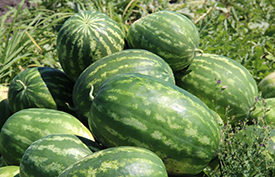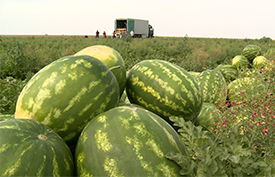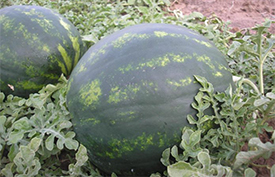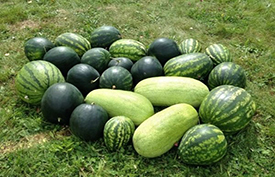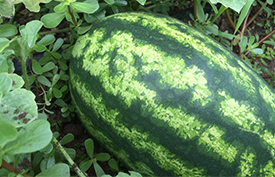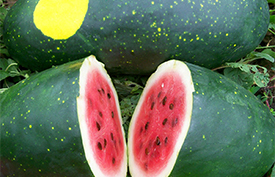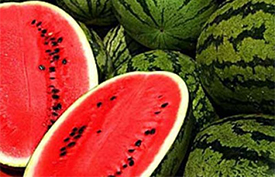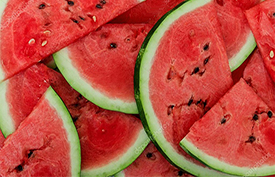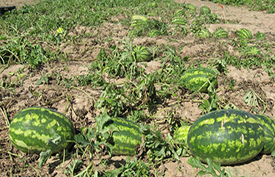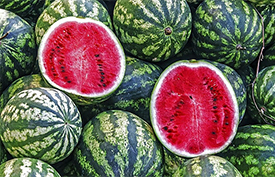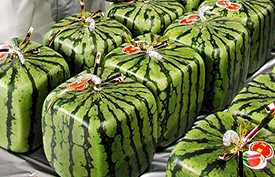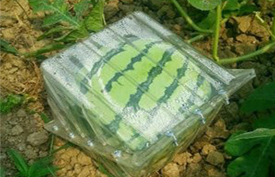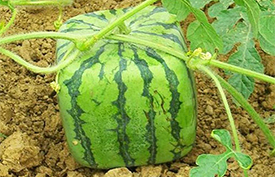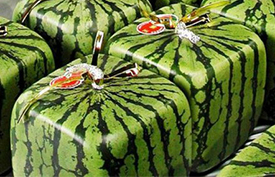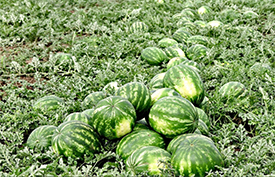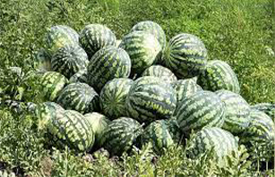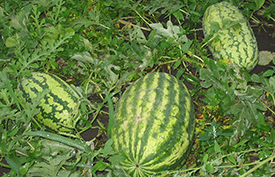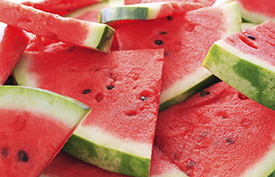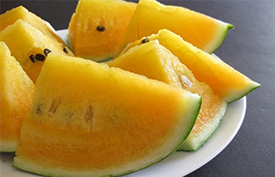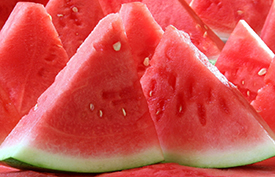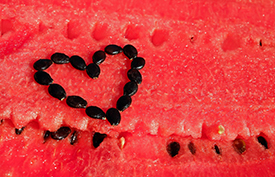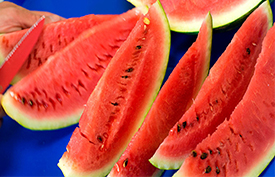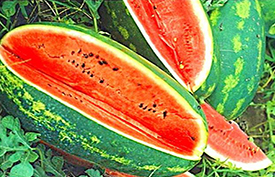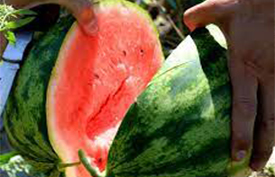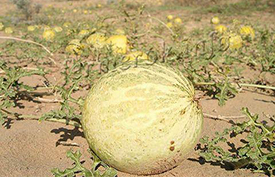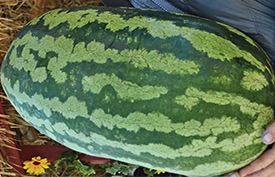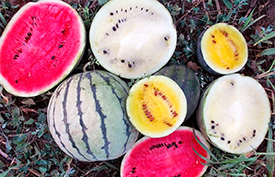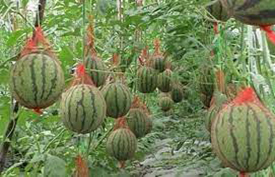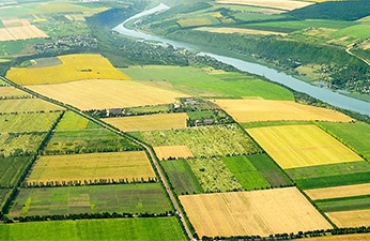Watermelon cultivation technology
- Agriculture
- Our Elevators
- Our Certificates
- Our Diplomas
- Organic certification
- European Certification
- Halal Certification
- Wheat - Wheat flour - Mills
- Buckwheat - Buckwheat flour
- Linen Seeds
- Corn – Сorn flour
- Oats – Oat flour
- Rye – Rye flour
- Barley – Barley flour
- Sunflower seed
- Chickpeas, Peas – Pea flour
- Beans
- Soybean seeds
- Pumpkin seeds
- Rape seeds
- Sugar beet pulp
- Beer pellets
- Meal for animal feed
- Production plant L-lysine, Gluten, Alcohol, DDGS, CO2
- Sugar Factory
- Oil Extraction Factory
- Rice Processing Plant
- Milk Powder Production Plant
- Meat Processing Plants
- Fruit Storages
- Bioproducts Plant
- Malt plant
- Cheese production plant
- Aquaculture feed production plant
- Cold Storage and Meat Processing Plants
- Cattle - meat beef
- Pig breed - Pork meat
- Sheep breeds - lamb meat
- Poultry meat
- Chicken egg
- Quail
- African chicken, cisar hen
- Geese meat
- Our beegarden
- Honey
- Bee products
- Gardens
- Containers, packaging and calibration
- Factory for the production of juices and tomato paste.
- Quince
- Pear
- Peaches
- Plum
- Cherry
- Apples
- Apricot
- Berries
- Grape
- Figs
- Mulberry
- Nuts
- Almond
- Watermelon cultivation technology
- Melons
- Transportation
Watermelon cultivation technology
Harvesting
Field ripeness
The watermelon must be ripe in the field before harvesting. Earlier picked fruits will never acquire their full color and will not reach their maximum taste.
Watermelon can be eaten when the pulp acquires a sweet taste, crunchy texture and bright red color (exist some varieties and hybrids that have light red and even yellow pulp). It is quite difficult to determine ripeness without cutting the fruit and tasting it.
It is best to determine the moment of field ripeness by the condition of the seeds. The fruit of a watermelon is ready for harvesting if 85–95% of the seeds have acquired the color characteristic of the hybrid (ripe). Total sugar content is an important quality score as consumers prefer sweet watermelons. To determine ripeness, you need to select randomly several fruits in the field, taste the pulp or determine the sugar content using a refractometer.
Harvesting
It is necessary to collect fruits in the field carefully, avoiding blows and damages of the peel. It is best to cut the watermelon off the stem rather than break or twist it off. There is a high probability of some bacteria and fungi getting into the fruit during cutting, which will lead to rotting of the pulp. After cutting off the fruit, it is carefully placed in a vehicle and taken out of the field. Two points must be taken into account if it is necessary to store watermelons for a short time in the field before loading into vehicles:
• heaps should be placed in the shade near forest belts or covered with a layer of lashes or other plants plucked near the field;
• cut fruits should be laid with a yellow spot down, as this area of the surface is more prone to sunburn.
Storage
The period between harvesting and consuming watermelons is a crucial factor in determining time to harvest. To avoid the destruction of the fruit pulp during transportation, for the most distant markets the watermelon is harvested when it is not yet fully ripe. Watermelon should be consumed within 2-3 weeks after harvest; otherwise it will lose its crispy flesh structure. The optimal temperature for storing watermelons is 10–15°C with a relative humidity of 85–90%.
Watermelons: varieties grown in our fields:
- Astrakhan variety.
- Square.
- Rose of the East - early fast-ripening.
- Twinkle.
- Crimson light.
- Charleston Gray.
- Sugar baby.
- Triumph.
- Skorik.
Watermelons prefer light-textured soil, sandy mould humus. Watermelon seeds are sown only in the ground as warm regions contribute to good growth and ripening of melons/pumpkins/watermelons. The ripening time of watermelons is from 40 to 65-70 days.
All varieties grown by us on the lands of Ukraine give a very good harvest from 45 tons per hectare to 90 tons, depending on the variety. Everything grows in the open field without chemicals and fertilizers, observance only of crop rotation. Drip irrigation is used in some fields. All products are grown without GMOs and chemicals.
All fields for future planting of melons/pumpkins/watermelons are prepared from the moment of harvesting melons/pumpkins/watermelons.
Watermelon is sensitive to soil salinity. It also requires a lot of light and is not susceptible to weed clogging. The fruits of those plants which do not receive enough light ripen later and longer, they are smaller and less sweet. Watermelon is a heat-loving and heat-resistant plant. Optimal fruit ripening temperature is 30-35°С. Watermelon is a drought tolerant plant.
